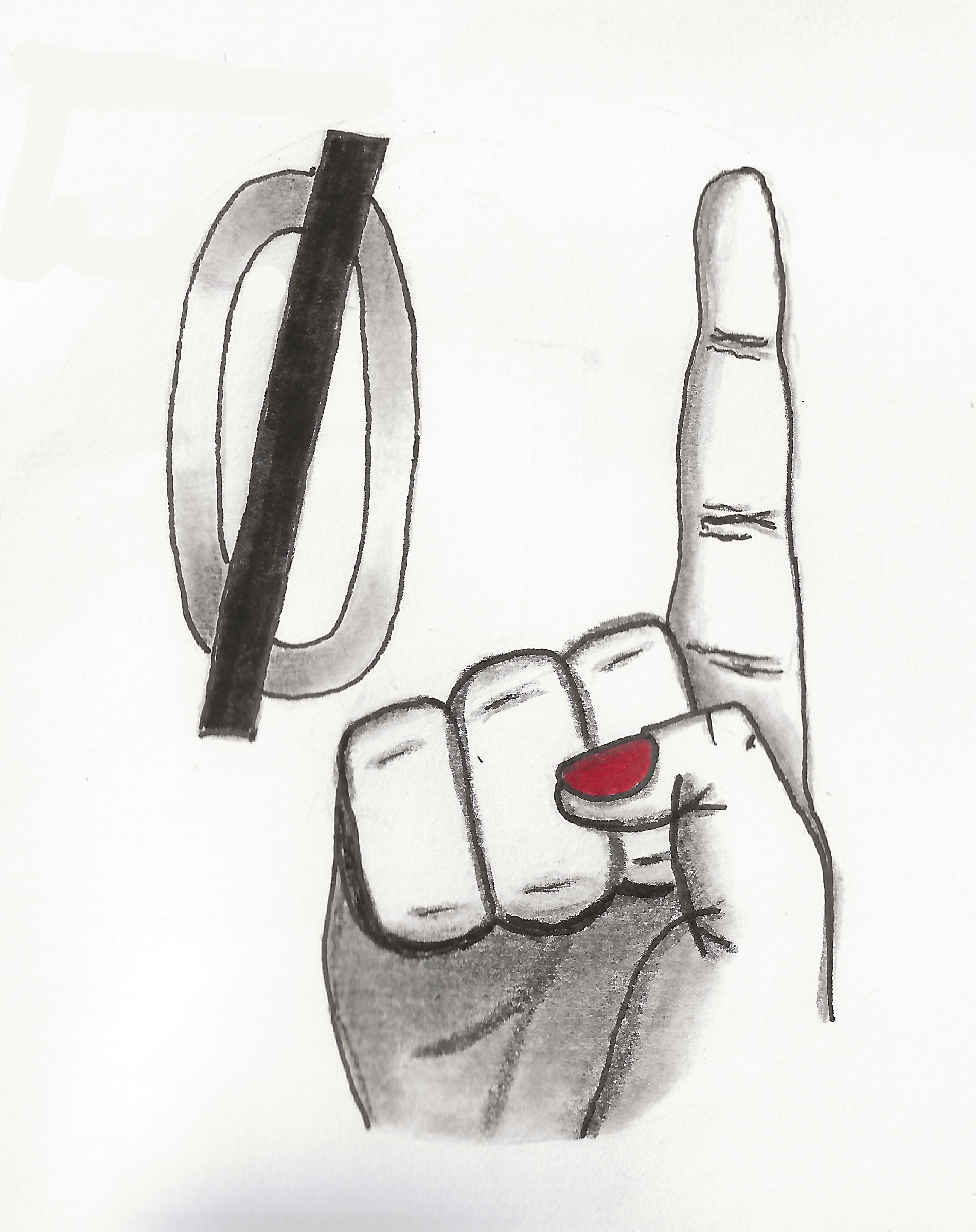

(The correctly used double negative was confusing for me at first, btw.)
You make a very interesting point I haven’t ever thought about before.
While I have always considered myself a patriot to a mild degree, I never associated it with tribalism directly. Even with the many faults of all countries, it’s OK to be proud of where you are from. (It does make perfect sense that tribalism is the end goal of state sponsored patriotism though.)
In my mind, the fine line after patriotism was usually nationalism where tribalism runs deep and hate-based rhetoric becomes extremely effective. The definition of a patriot is somewhat twisted at that point. (ie: unless you believe [insert something random], you aren’t actually a patriot and therefore an enemy of the state.)
I am not agreeing or disagreeing with you, btw. Your perspective is something interesting to think about, s’all. (I am leaning on the agreement side, FWIW.)
(For the people reading this that may not realize that I am using the word “nationalism” in a negative context, I am. If that chaps your hide still, replace it with ‘christian nationalism’ or ‘white nationalism’ and fuck off. Everyone else, sorry for the disclaimer.)












I doubt he got bored. That mechanical hand probably felt like someone else’s until the nerves fully adjusted.